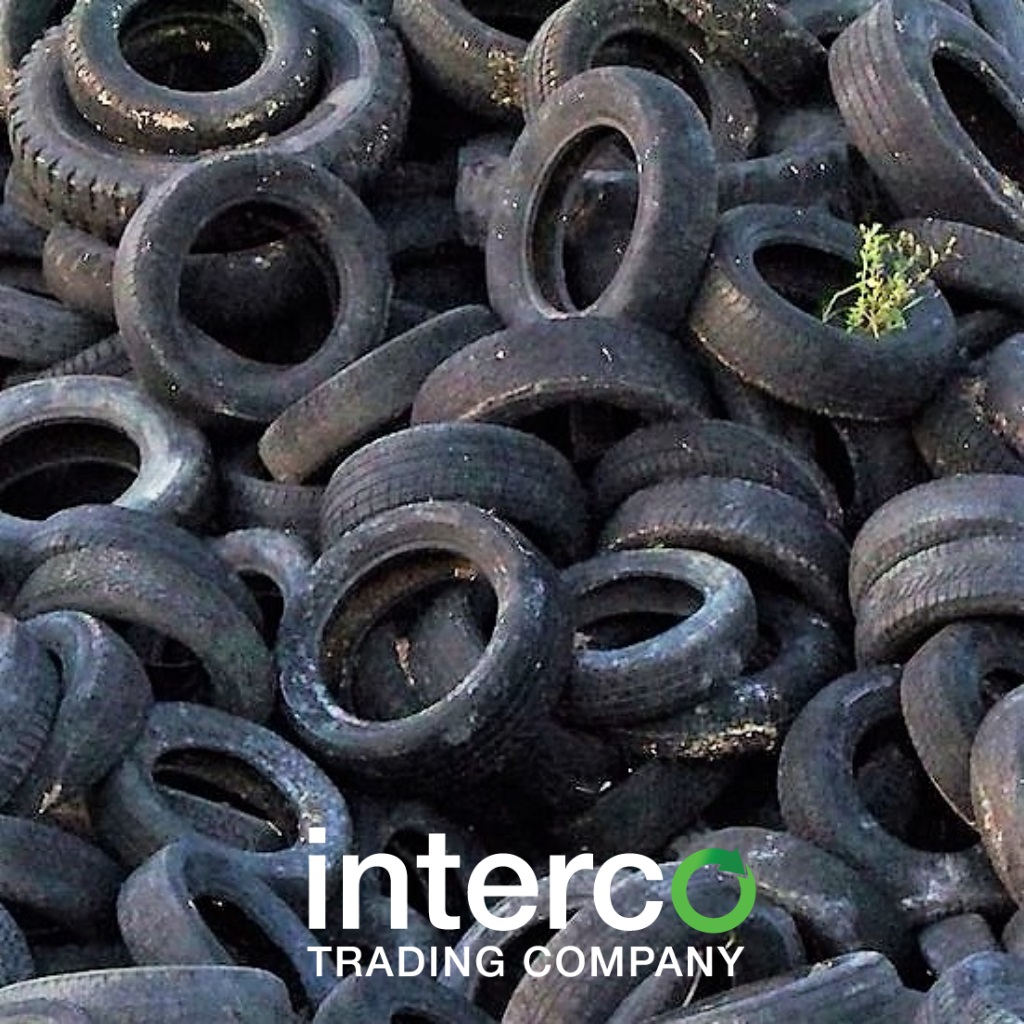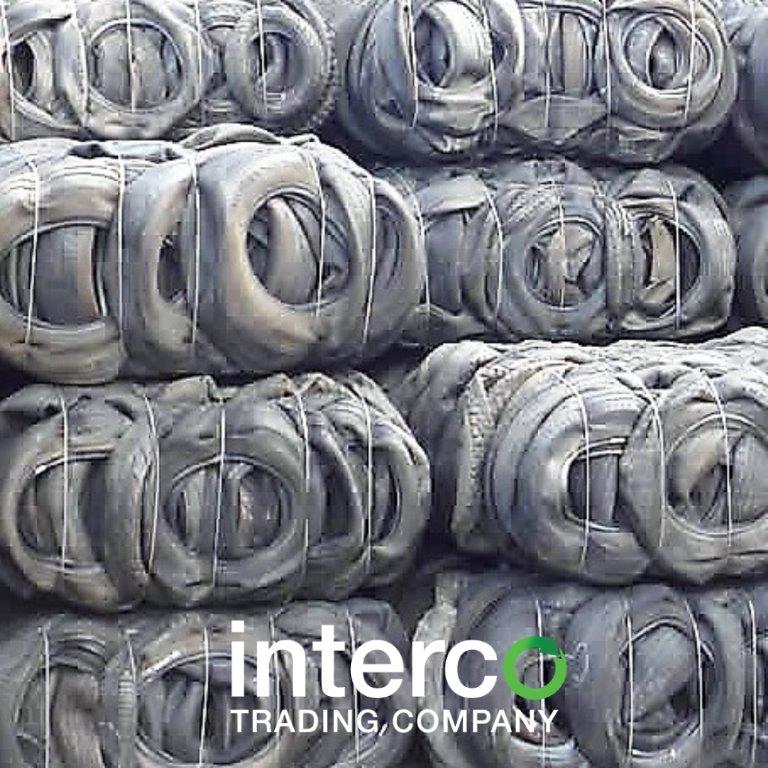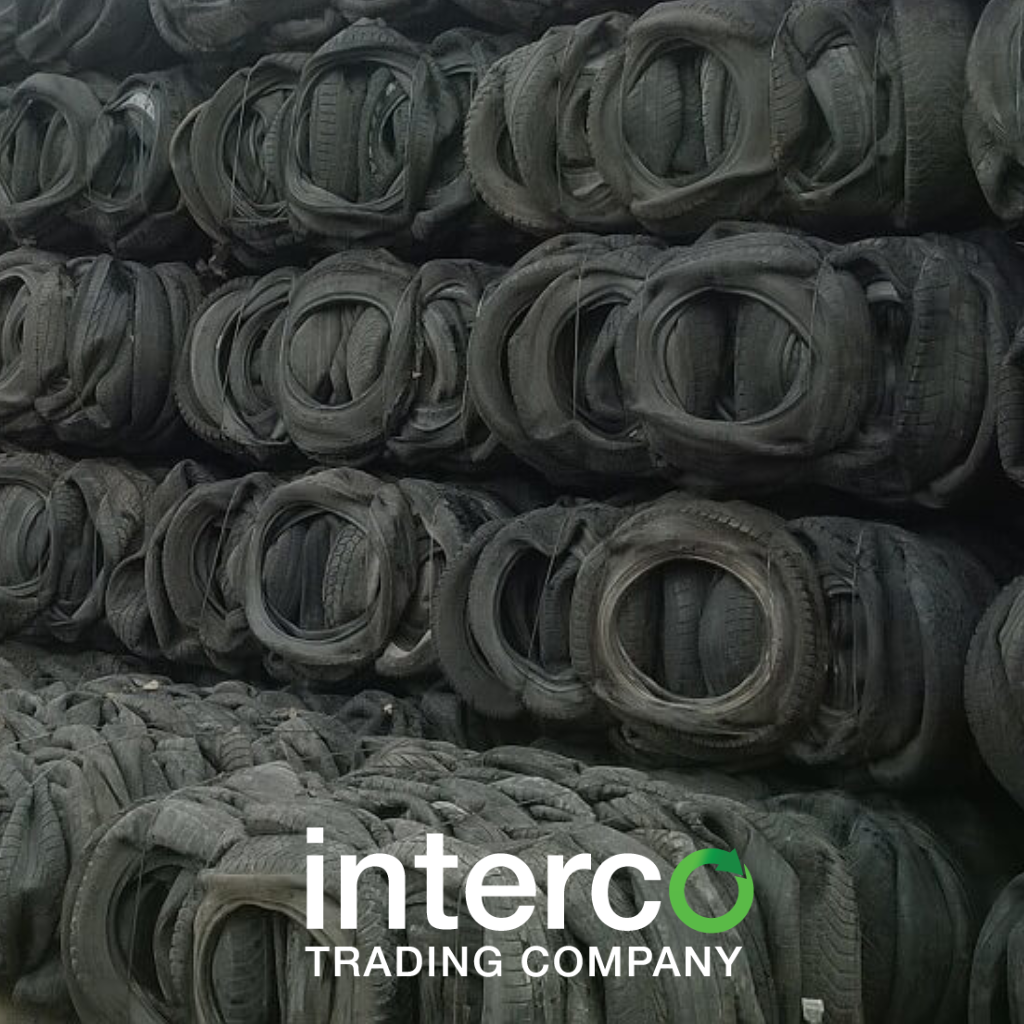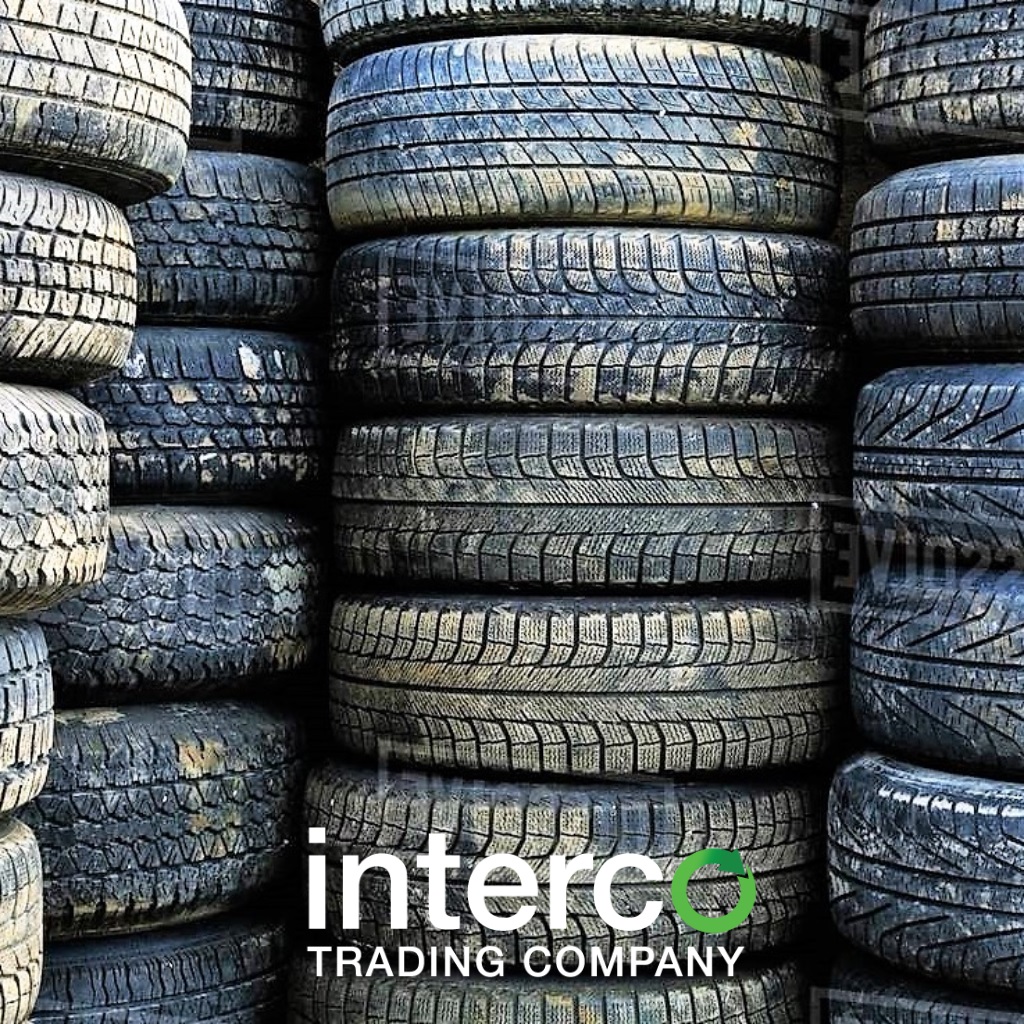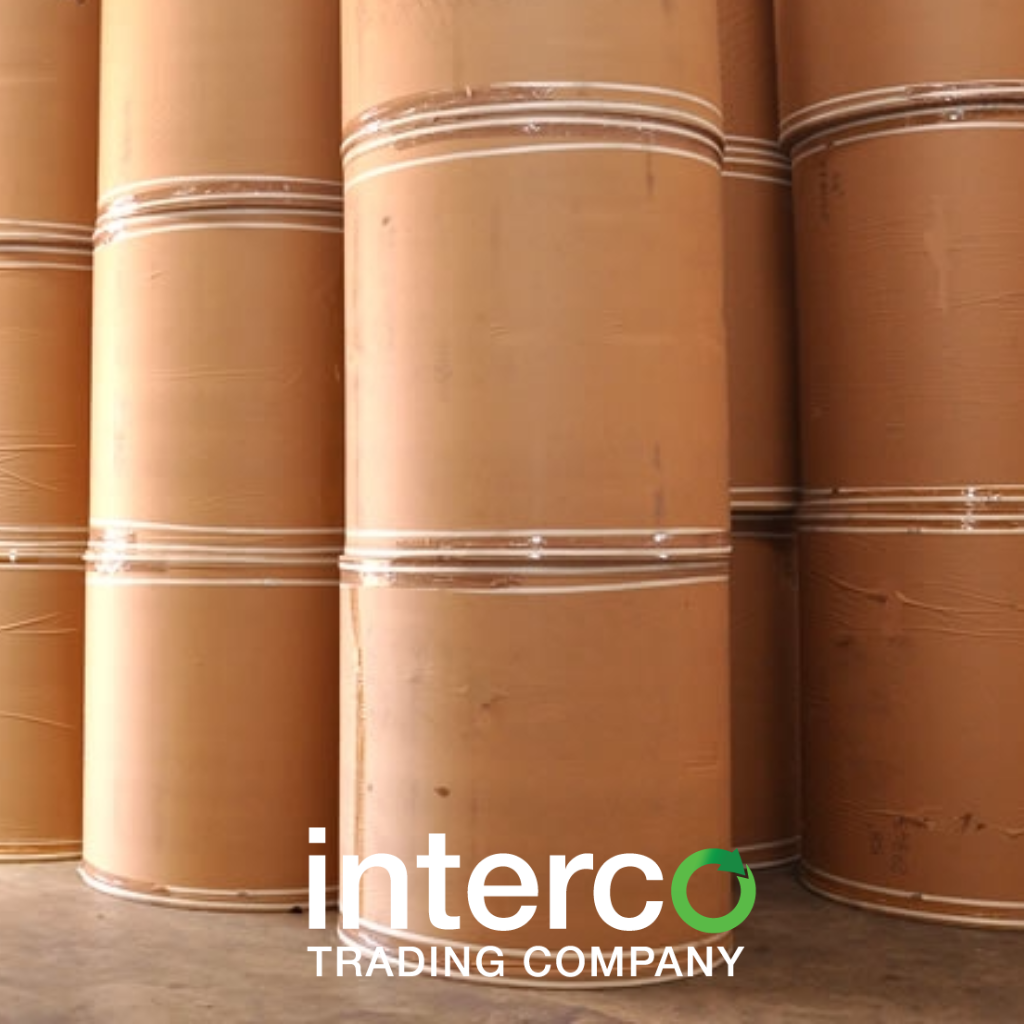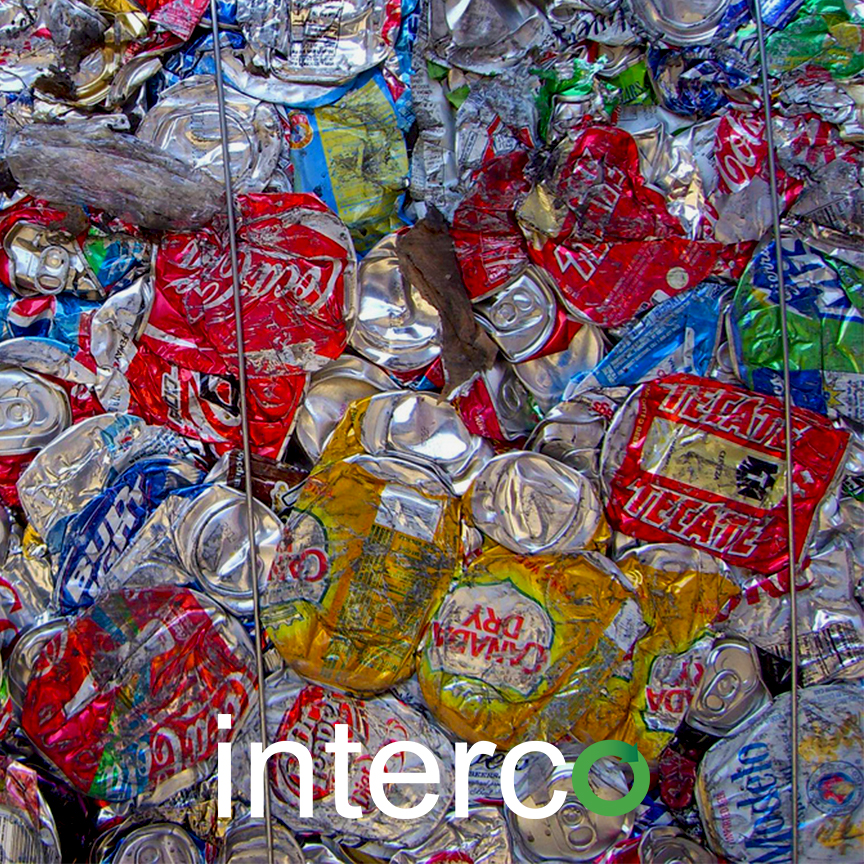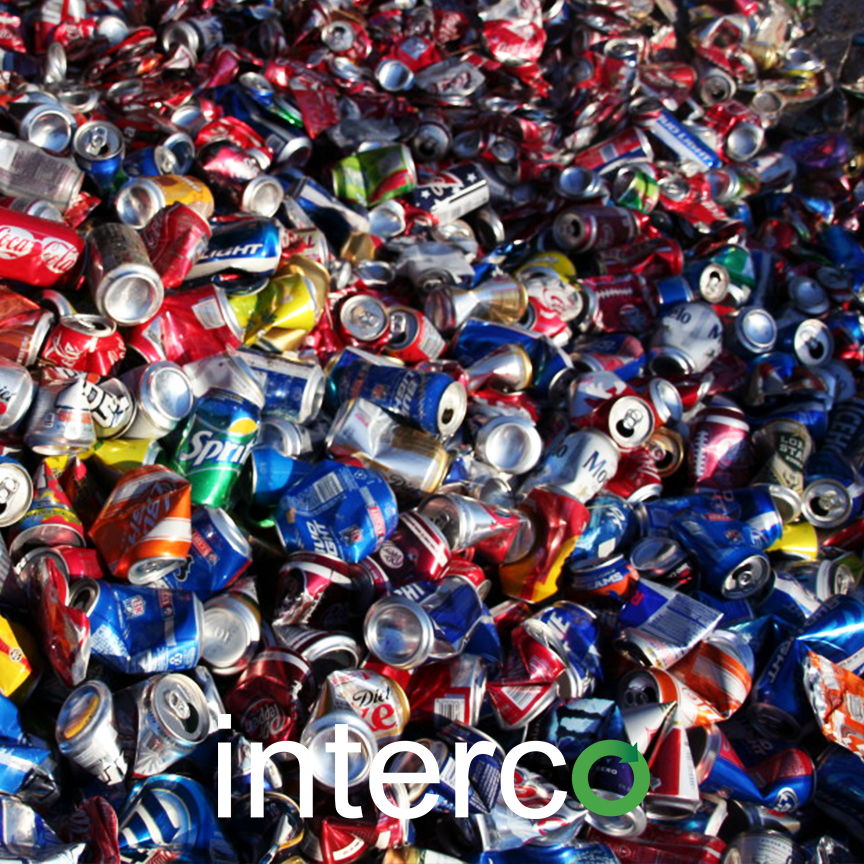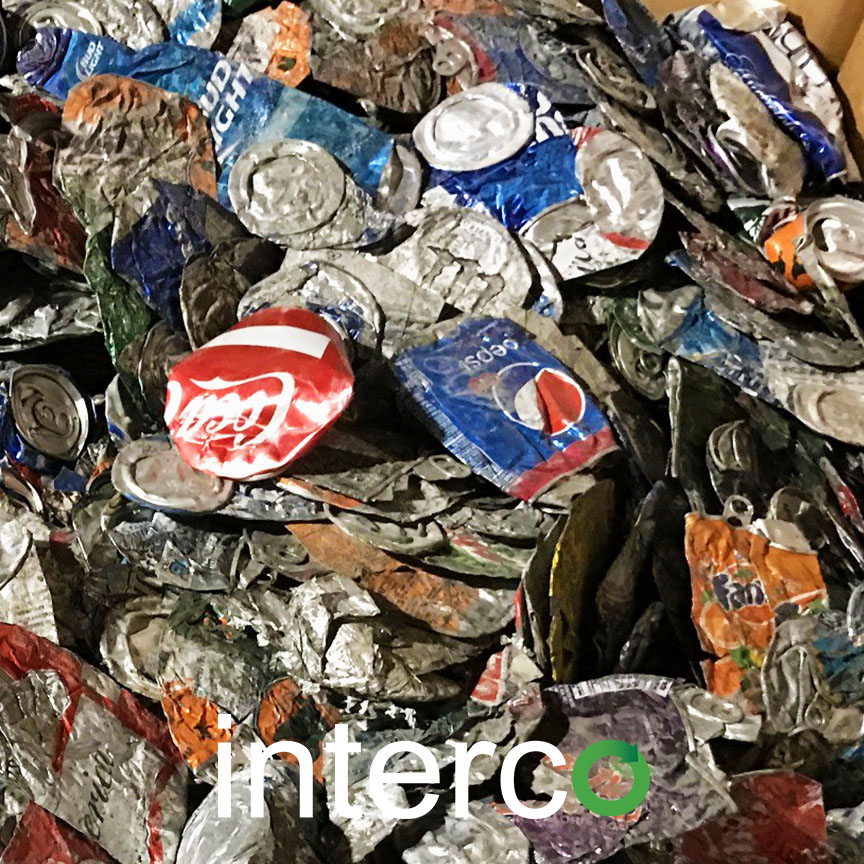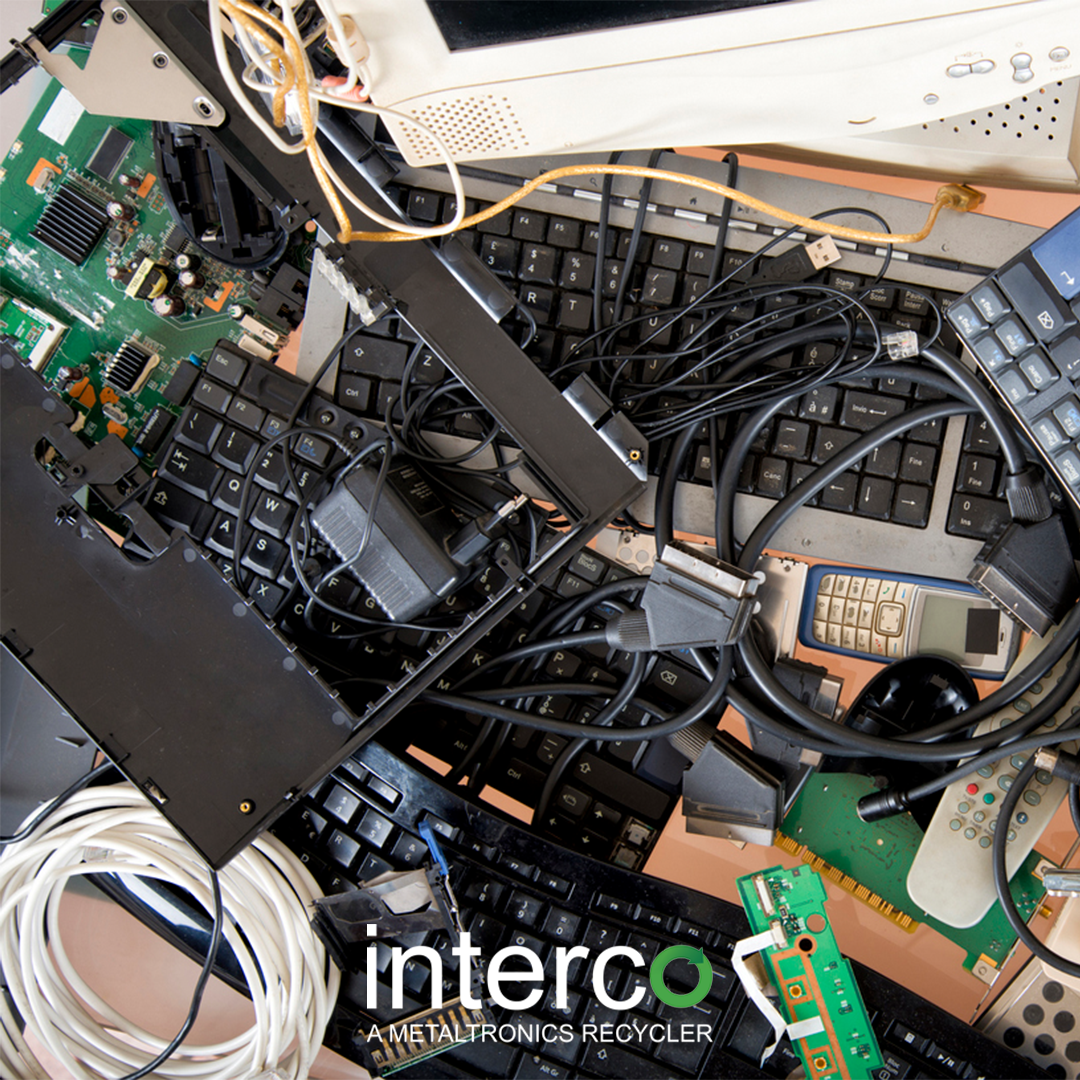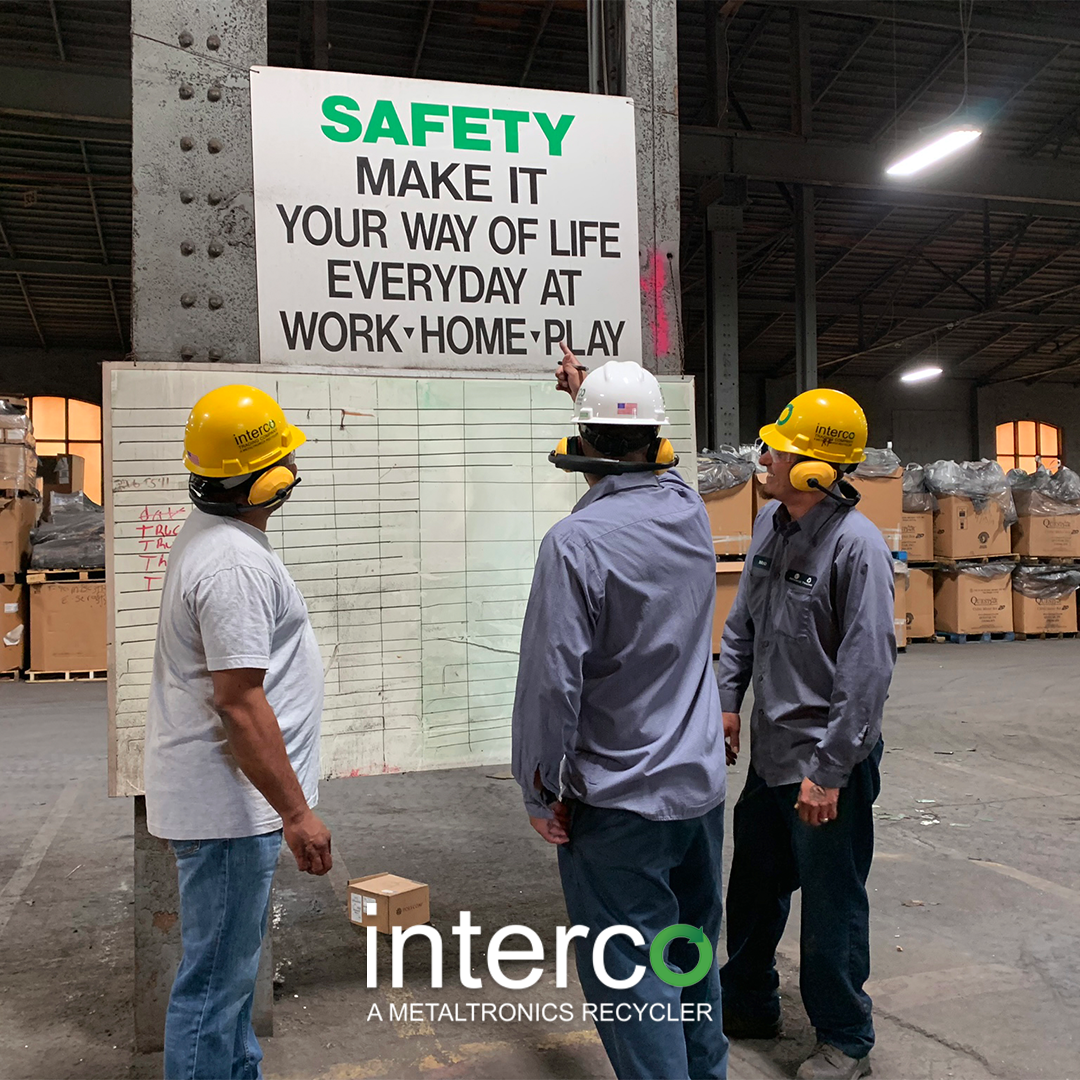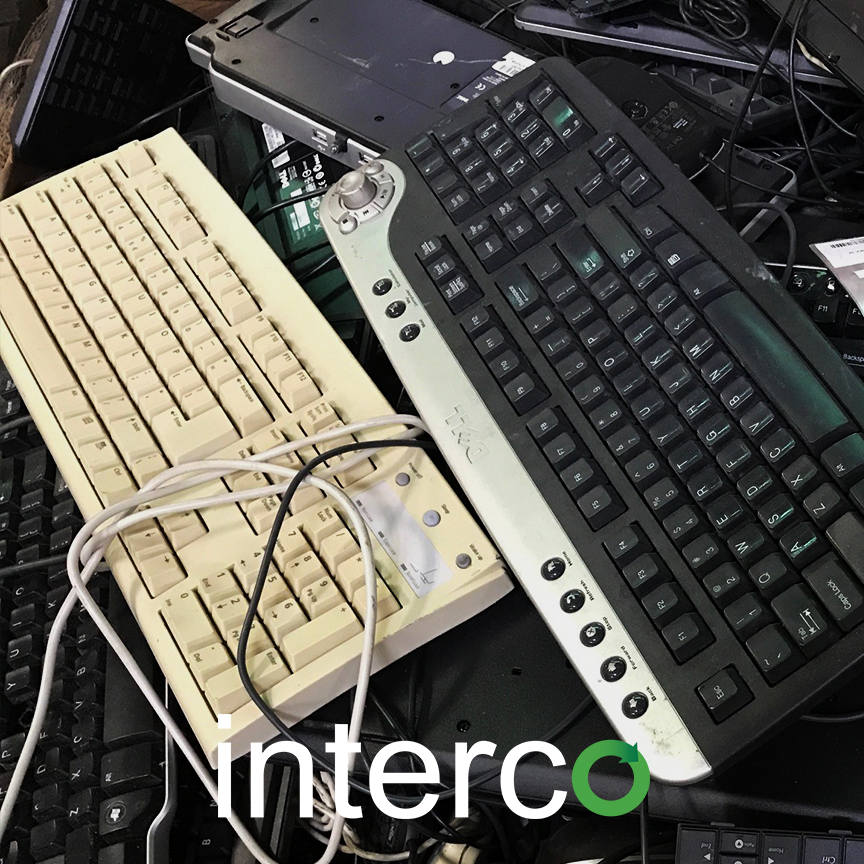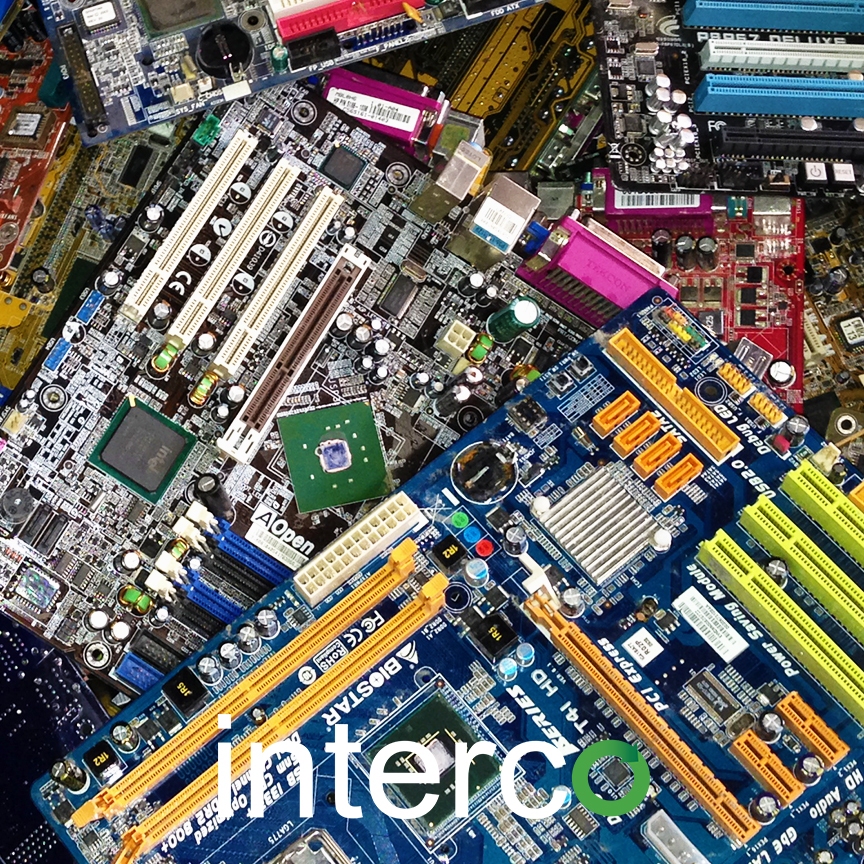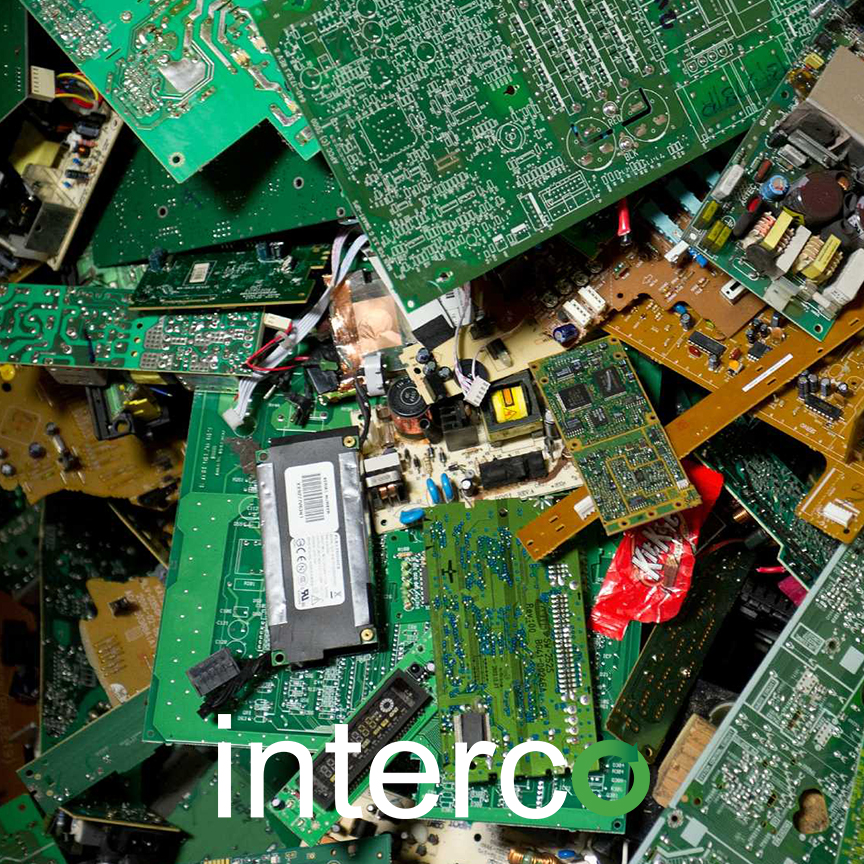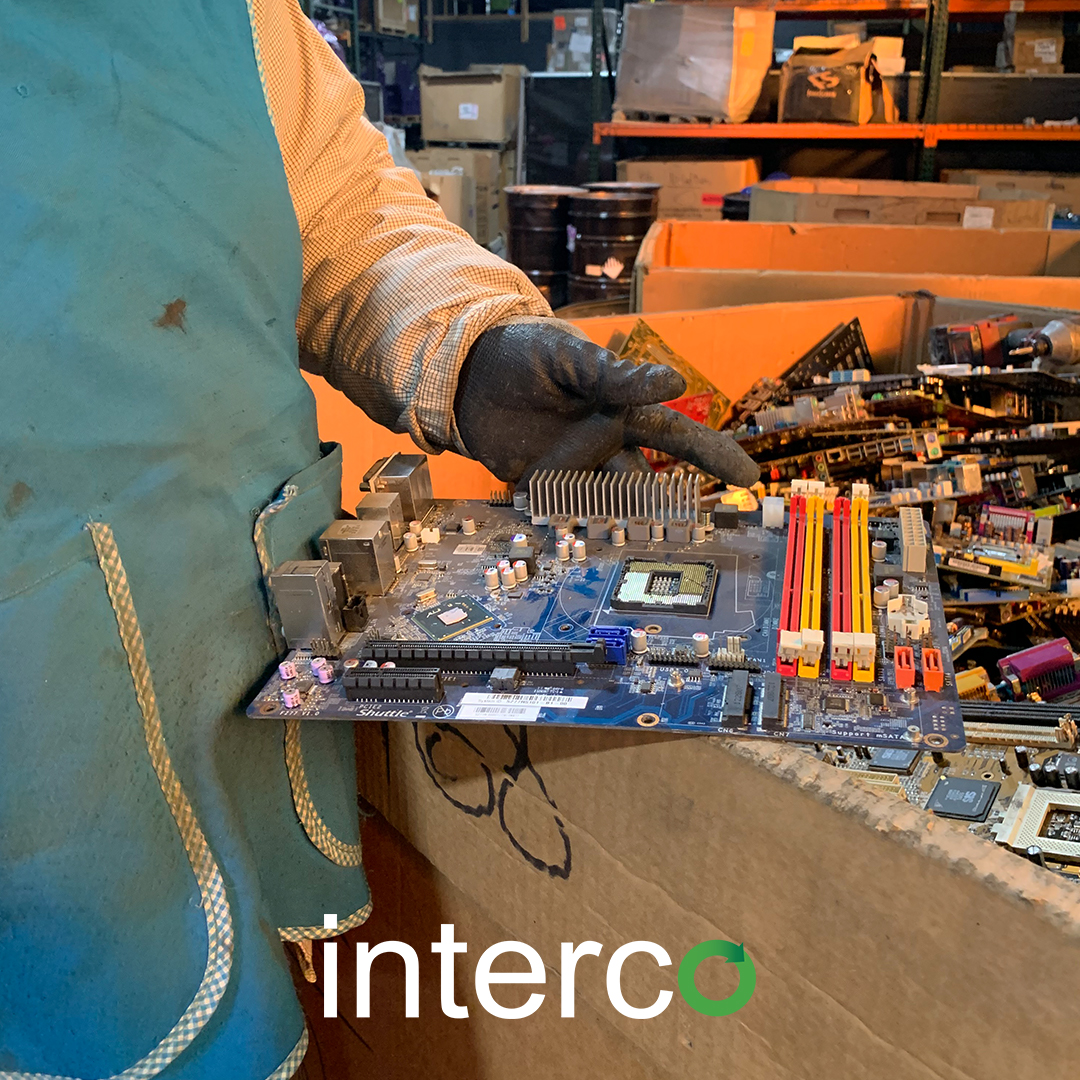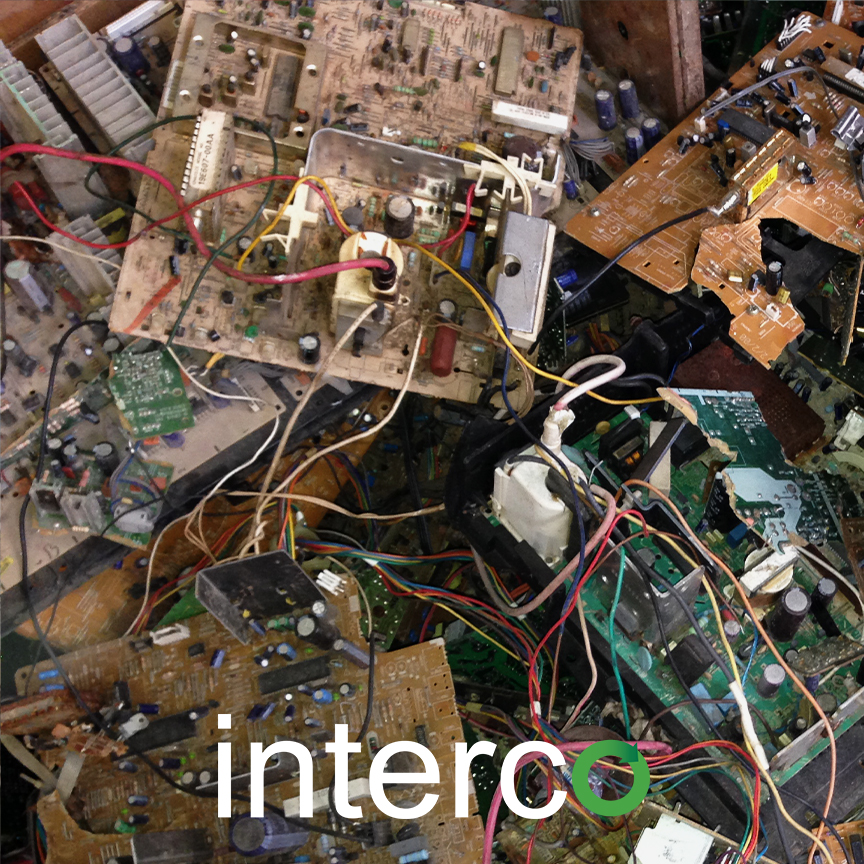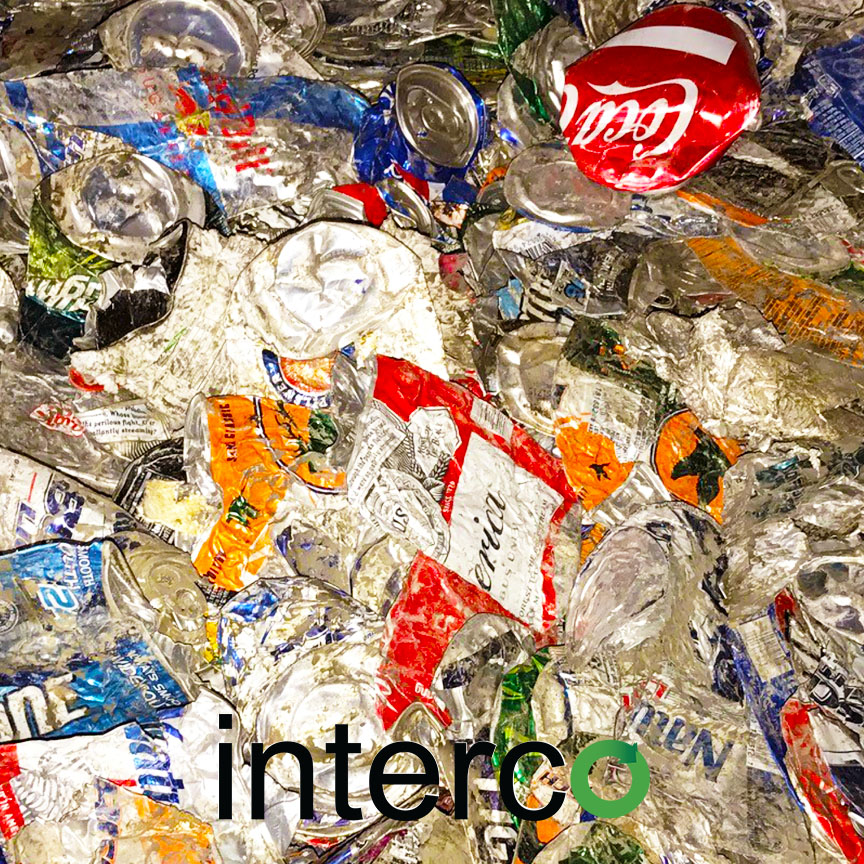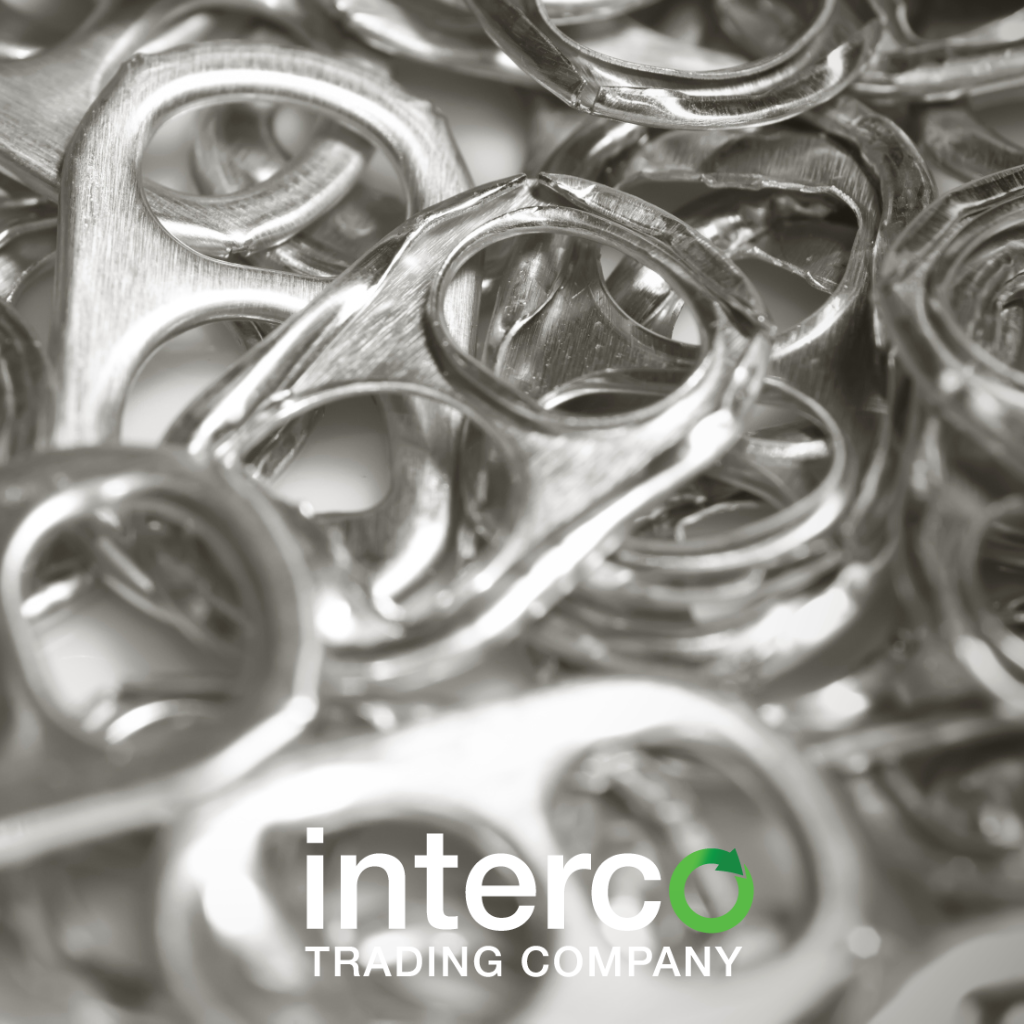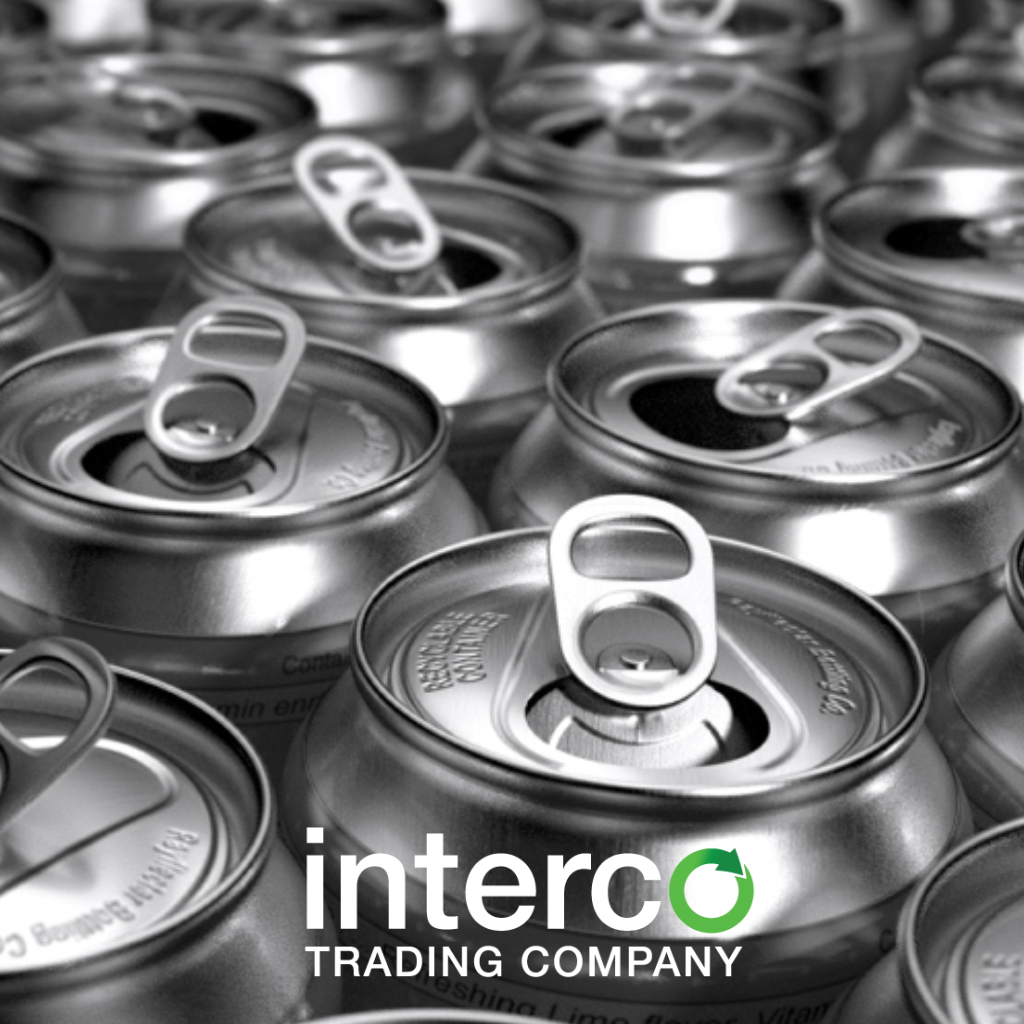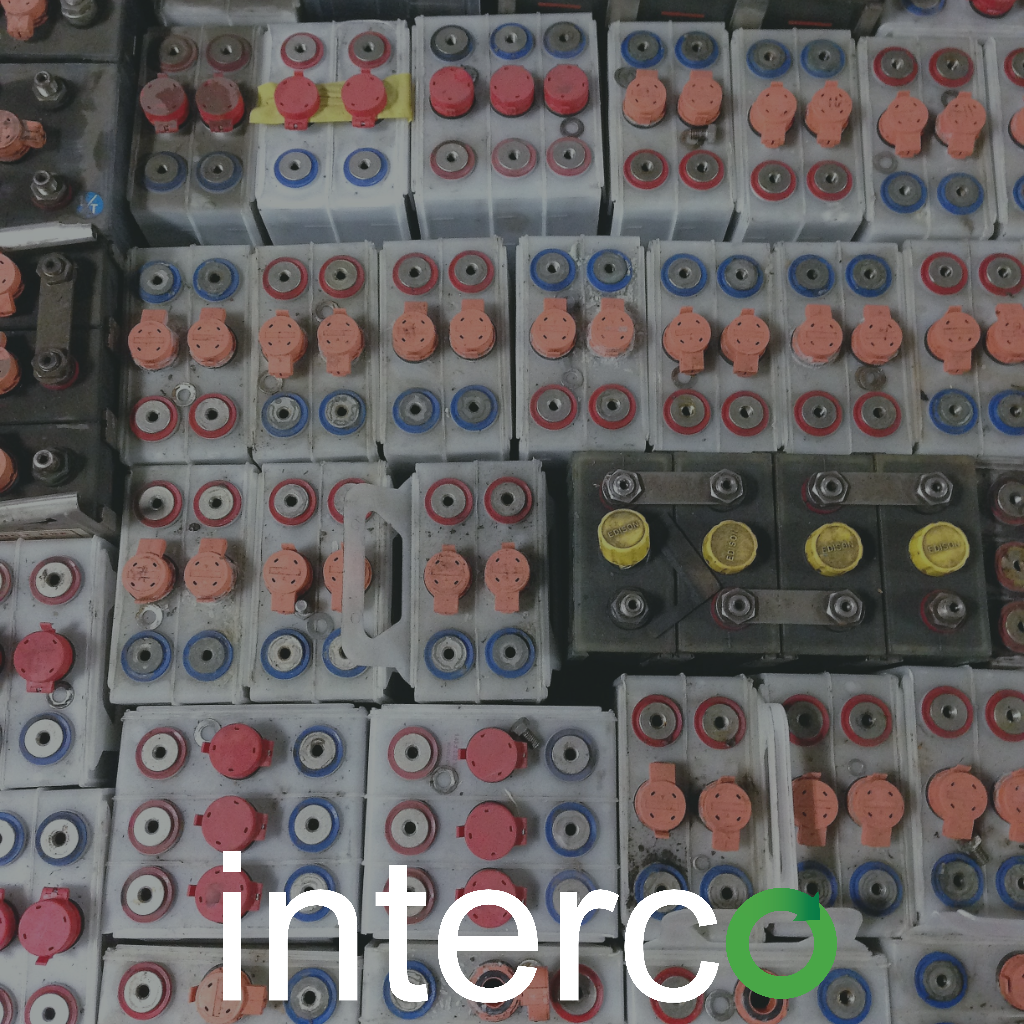The need for recycling cardboard cannot be underestimated. Cardboard is used for many purposes especially in the shipment of goods to consumers and businesses. The warehouse and shipping industry rely on cardboard boxes. Today, most businesses engage in the practice of recycling cardboard. This helps them save money on both waste and disposal costs.
Cardboard originated from wood pulp gotten from trees i.e. pine trees. The pulp produces cardboard through a process called the Kraft process. The pulp is taken to the mill and is processed to form corrugated cardboard. Afterward, they cut, print and fold them to form boxes for packaging and shipping use.
Examples of items packaged with cardboard are:
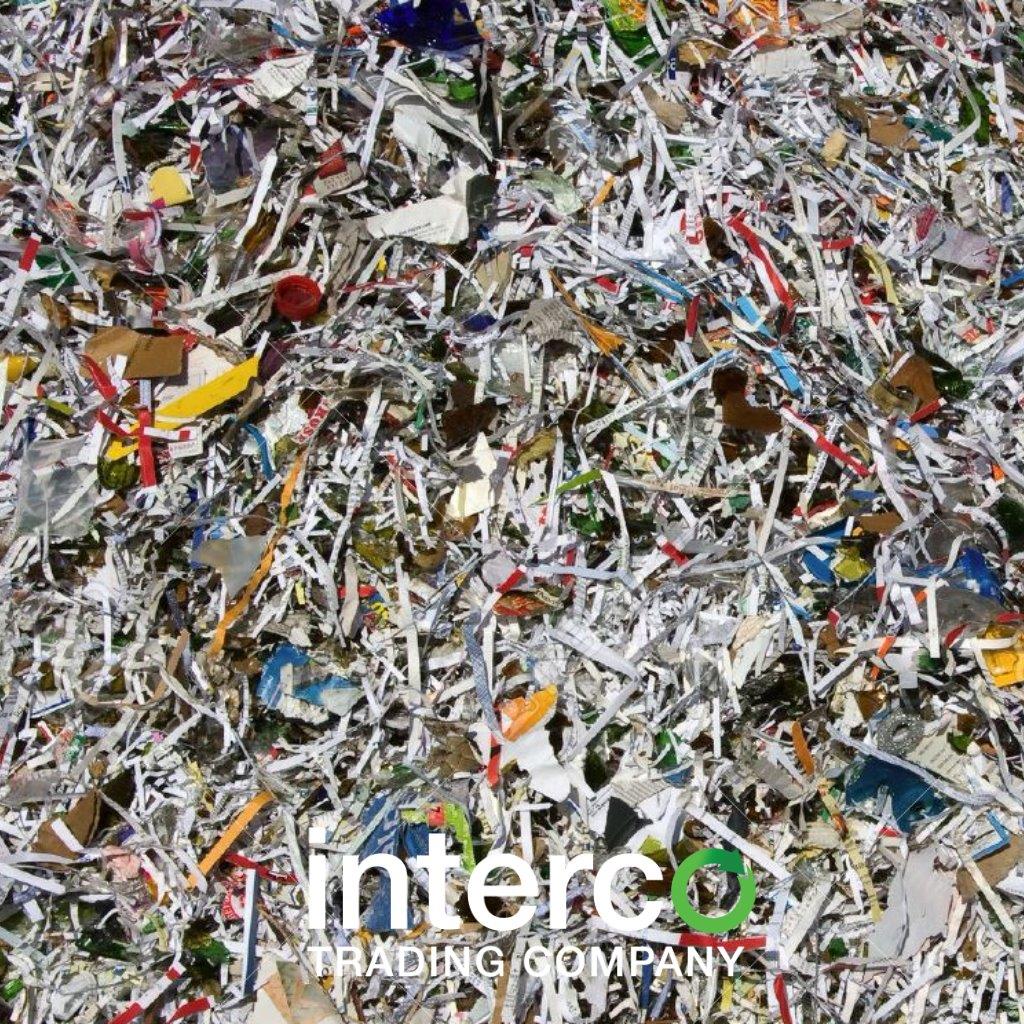
- Cereal
- Shoes
- Milk
- Electronics
The Significance of Recycling Cardboard
Recycling cardboard helps protect our environment in many ways unknown to us. Read on to see why recycling cardboard is important. Three main reasons lead the charge:
- Helps Reduce Pollution
- Conserves Energy
- Helps Avert Deforestation
Helps Reduce Pollution
Manufacturers use Cardboard to package many items, especially for shipping items. After the cardboard has served its purpose, people lay them off as waste. This could cause landfill or solid waste. Recycling bins for cardboard help to reduce cardboard waste as recyclers would recycle them into new cardboard.

Furthermore, making the pulp from the pine trees could lead to the production of a toxic gas, sulfur dioxide. When the tires release this gas into the atmosphere, it causes acid rain. Therefore, recycling cardboard reduces both air and soil pollution.
Conserves Energy
As trees are the primary source of Cardboard, recycling already used Cardboard help conserve resources (trees). It also helps conserves the energy; the energy that manufacturers use in felling the tree and forming pulp from the tree. This way, instead of using raw natural resources, recyclers can conserve both energy and resources.
Helps Avert Deforestation
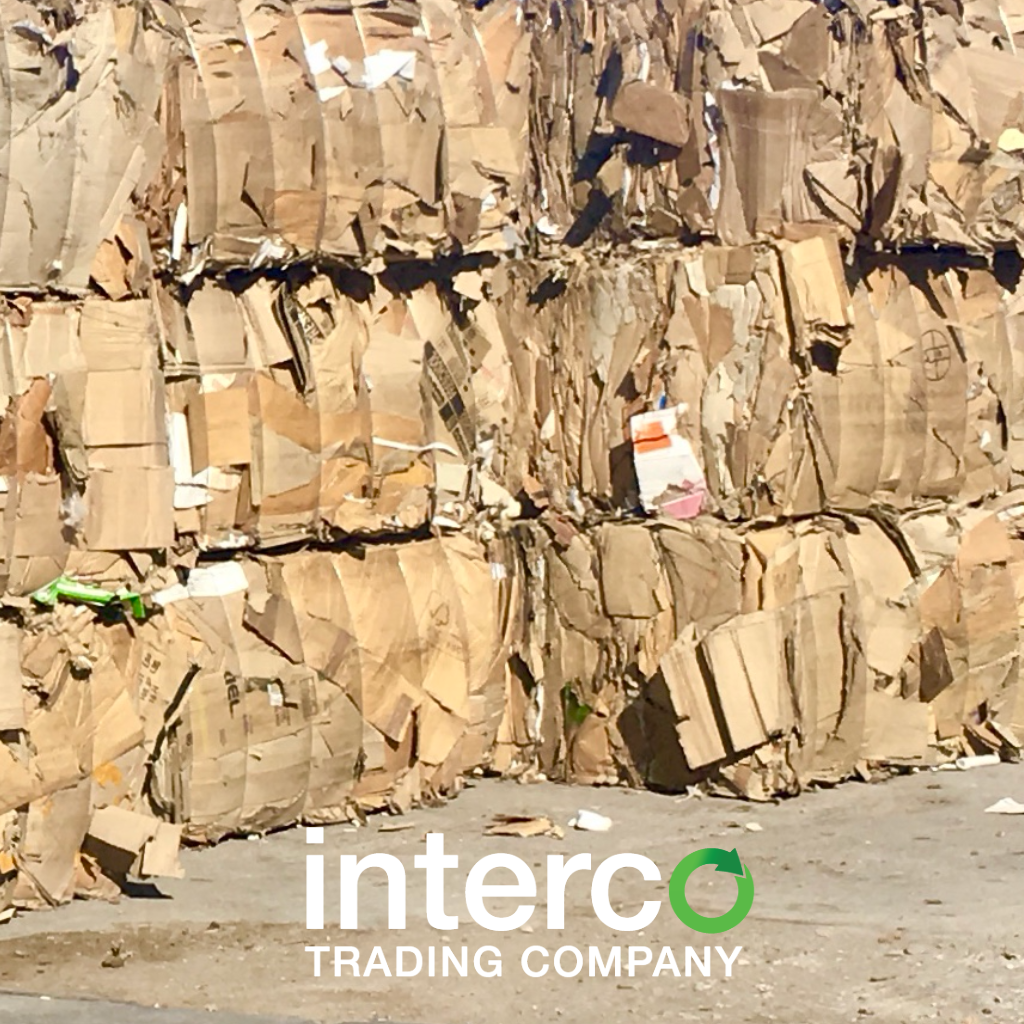
Manufacturers produce Cardboard from the wood pulp of pine trees. This means that for manufacturers to produce cardboard, they have to cut down pine trees. The continuous destruction of trees could lead to deforestation especially if they do not replace the trees after they come down. Recycling cardboard helps reduce the need for felling trees and in turn averts deforestation. This alone helps the earth greener and facilitate the exchange of gases between plants i.e. carbon dioxide and oxygen.
How to Recycle Cardboard
The process of recycling cardboard is direct and easy. It is not rocket science at all. You don’t have to do it yourself. All you need do is get the cardboard to the paper mill or recycling company where they will process it.
- First, remove food, tape or any plastic wrap contained in or on the cardboard box.
- Breakdown the cardboard into pieces so to transport easily to the recycling center.
- Deliver the cardboard to the recycling bins or companies for further processing.
Conclusion
It is very important that we cultivate the habit of recycling cardboard. Rather than throwing away your used cardboard in the bin, take them to recycling bins or better, sell them to recyclers. This way you’ll keep the earth clean and safe. Recyclers like Interco recycle cardboard. If you’re interested in the recycling business, get in touch with Interco.
